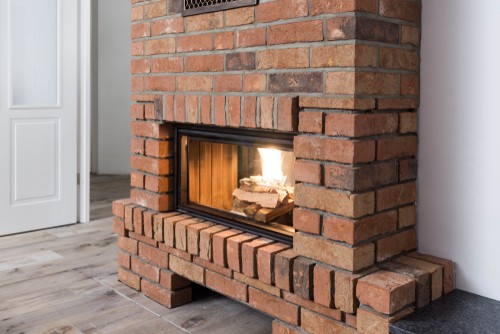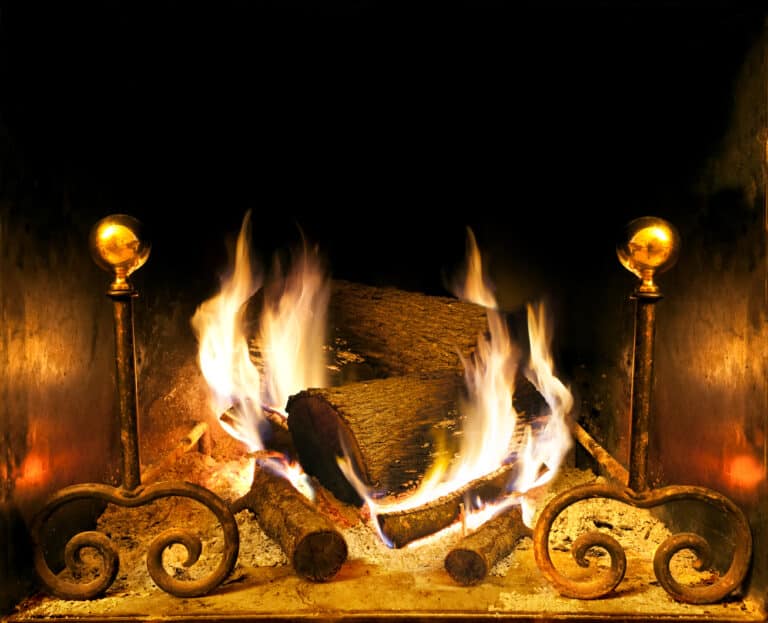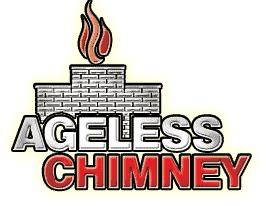Chimney Repair in Shelter Island, NY.
What our clients say




View our work
Browse all Services
contact us
Masonry Matters: 5 Signs You Need to Contact a Shelter Island, NY Chimney Repair Company to Restore Your Chimney's Masonry

Quality Chimney Masonry Repair Services in Suffolk County
Ageless Chimney is your trusted partner for chimney repair in Shelter Island, NY. We offer comprehensive chimney repair services in Suffolk County, including masonry repair. Our team of professionally trained, fully certified, and highly skilled masons specializes in restoring chimneys, and take great pride in delivering top-quality craftsmanship to our clients.
Whether you need minor repairs or a complete chimney restoration, Ageless Chimney has the expertise you can count on to handle all of your needs. To find out how we can restore your chimney to its former glory, don’t hesitate to call us at 516-795-1313.
Owner Operated
Because all jobs are handled by an owner, you can rest assured that your project will command the attention it deserves.
Free Estimates
Great service at the best price. We will not be undersold. Our estimates are FREE and we will beat any written estimate.
24-Hour Emergency Service
Ageless Chimney is one of a few chimney companies to offer TRUE 24-hour emergency service should you need it.

5 Signs You Need to Contact a Shelter Island, NY Chimney Repair Company to Restore Your Chimney’s Masonry
If you’re experiencing issues with your chimney’s masonry, it’s crucial to address them promptly to ensure the safety, functionality, and aesthetic appeal of your chimney system. The team of skilled professionals at Ageless Chimney specializes in chimney repair services in Shelter Island, NY, including masonry repair. Our expert masons provide comprehensive solutions that will restore the integrity and beauty of your chimney. With nearly 20 years of experience and a commitment to customer satisfaction, you can count on us to handle all of your chimney repair needs.
If you’re experiencing any of the following issues with your chimney’s masonry work, don’t delay; contact Ageless Chimney right away.
- Cracked or Damaged Masonry: If you notice cracks, chips, or any form of damage on your chimney’s masonry, it’s a clear sign that repair is necessary. Crumbling mortar or loose bricks can compromise the structural integrity of your chimney, leading to safety hazards. Our experienced technicians will assess the damage and provide the appropriate repairs to restore your chimney’s stability.
- Leaks or Water Damage: Water intrusion can cause significant damage to your chimney – and your Suffolk County home. Stains on the ceiling or walls near the chimney, mold growth, or a damp smell in your home indicate water penetration. Our chimney repair professionals will identify the source of the leak, repair any damaged components, and ensure proper waterproofing to prevent future issues.
- Poor Draft or Smoke Backflow: If you’re experiencing difficulties with smoke properly venting from your fireplace or stove, it may be due to a chimney blockage or draft problem. A malfunctioning chimney can lead to smoke backflow, which can be hazardous to your health. The experts at Ageless Chimney will inspect your chimney, clean any obstructions, and restore the proper draft for efficient ventilation.
- Damaged Chimney Crown: The chimney crown acts as a protective barrier against water and external elements. Cracked or deteriorated chimney crowns can allow water to seep into the chimney structure, causing extensive damage. Our skilled technicians will repair or replace the chimney crown, ensuring optimal protection for your chimney.

For Expert Masonry Repair, Contact Suffolk County’s Premier Chimney Repair Experts
When it comes to chimney repair services in Shelter Island, NY, Ageless Chimney is the reliable choice. Our dedicated team is committed to delivering exceptional craftsmanship and outstanding customer service. With our comprehensive chimney repair solutions, you can count on us to restore your chimney’s masonry, ensuring its functionality and longevity. For top-quality chimney repair services call us today at 516-795-1313. Let the pros at Ageless Chimney help you restore the integrity and beauty of your chimney.
Have a question?
The island was long inhabited by indigenous peoples, related to those who lived north of Long Island Sound. At the time of European encounter, it was occupied by the Manhanset tribe, an Algonquian-speaking people related to the Pequot and other Algonquians of New England. The original name of the island, used by the Manhanset Indians, is Manhansack-aha-quash-awamock, which literally translates to “Island sheltered by islands.”
Shelter Island Windmill, Manwaring Road, Shelter Island, Suffolk County, NYShelter Island was included in the original Plymouth Company land grant made by James I of England in 1620. On April 22, 1636, Charles I of England, told that the colony had not made any settlements yet on Long Island, gave the island to William Alexander, 1st Earl of Stirling. The grant gave Alexander all of Long Island and adjacent islands. Alexander gave James Farret power to act as his agent and attorney in colonizing Long Island. In reward Farret was allowed to choose 12,000 acres (49 km2) for his personal use. Farret chose Shelter Island and Robin’s Island for his use. Farret in turn sold the islands to Stephen Goodyear, one of the founders of the New Haven Colony.
In 1651 Goodyear sold the island to a group of Barbados sugar merchants for 1,600 pounds of sugar. Nathaniel Sylvester (1610-1680), one of the merchants, was the island’s first white settler. He was among a number of English merchants who had lived and worked in Rotterdam (where he was born) before going to Barbados. His connections there and with the Netherlands helped him establish a far-flung trading enterprise. On March 23, 1652, he made the purchase official by agreement with Youghco (called Poggatticut), the sachem of the Manhanset tribe. The other owners, Sylvester’s brother Constant, and Thomas Middleton, never came to Long Island. In 1673 Nathaniel Sylvester claimed ownership of Shelter Island, Fishers Island, and other parts of Long Island. By that time the Manhansett had declined in number and power.
Learn more about Shelter Island.Local Resources
Useful links for Shelter Island, NY
- Open a Shelter Island, NY map
- Find the Shelter Island, NY United States Post Office
- Locate nearby Shelter Island, NY pharmacies
- View the current Shelter Island, NY weather report
- Browse a list of Shelter Island, NY public and private schools
- Shelter Island, NY is located in Suffolk county in New York State
Useful Links
Here are some chimney-related links:
